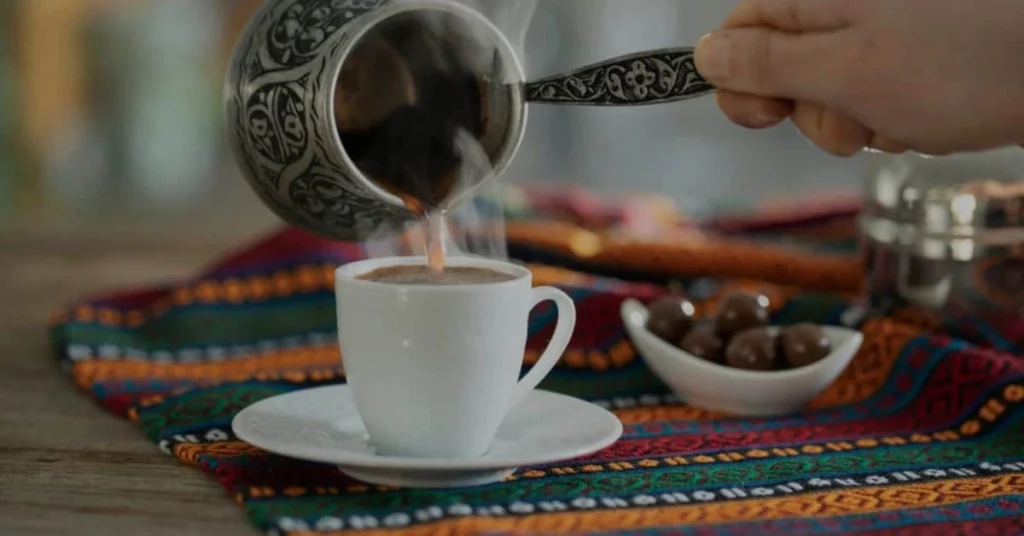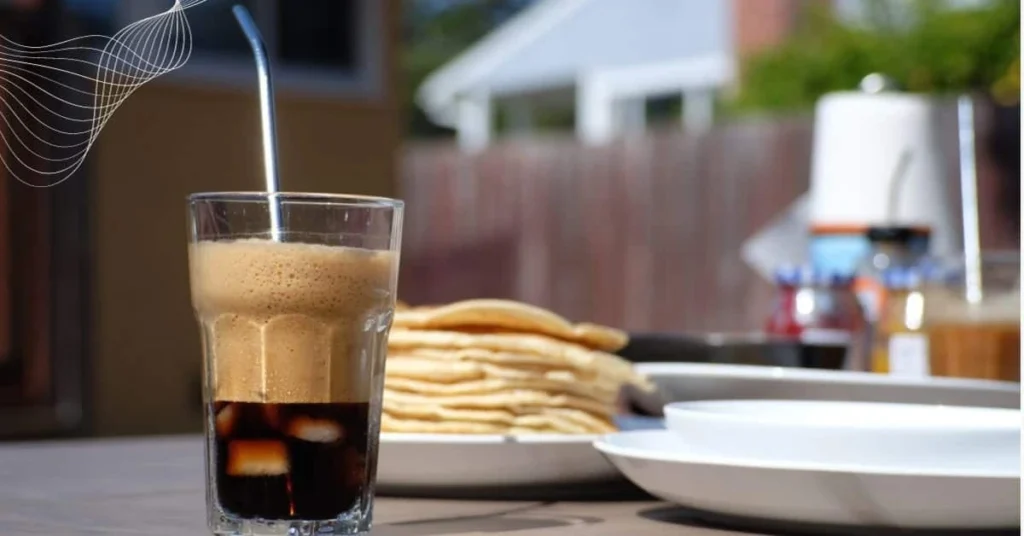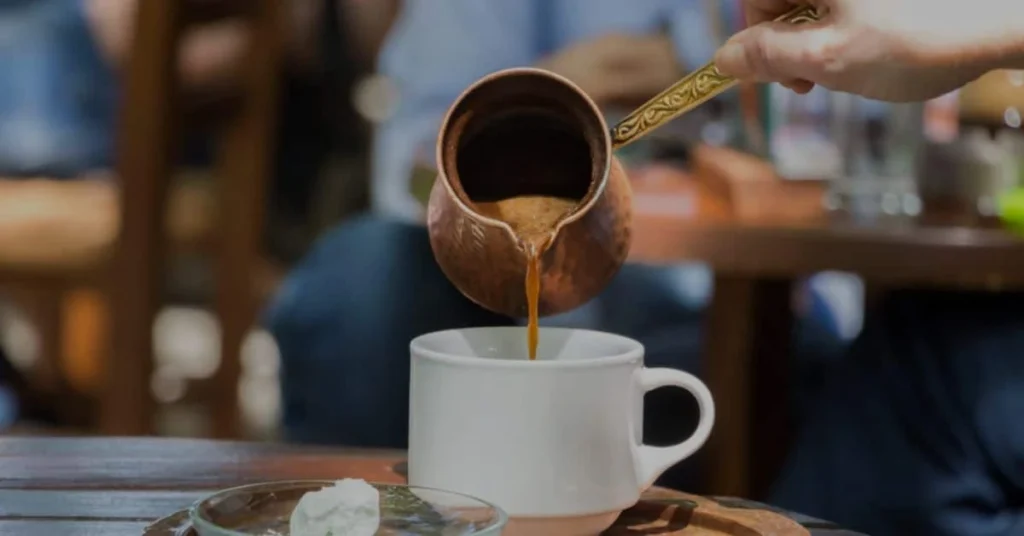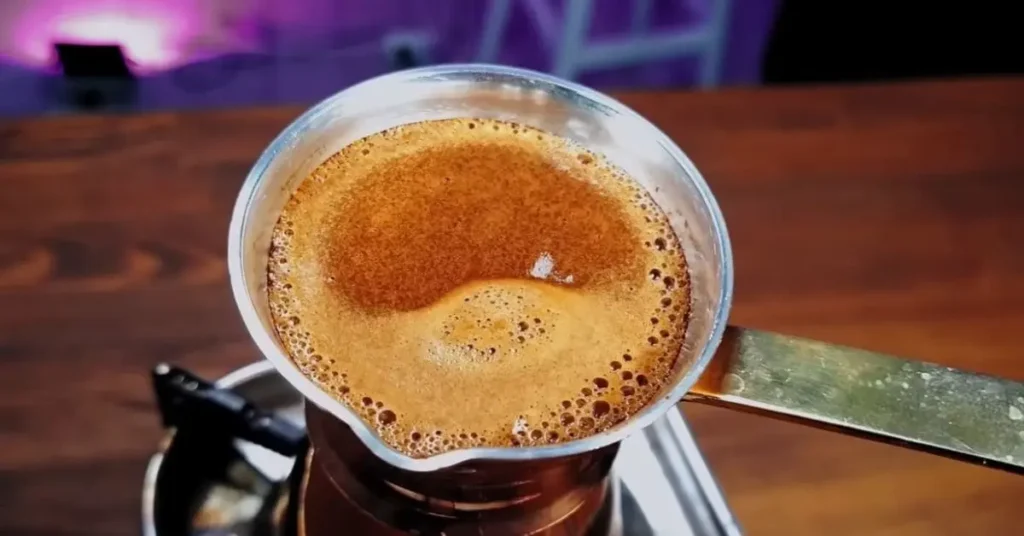Coffee dosing is the process of measuring and dispensing the precise amount of coffee grounds for brewing.
Proper coffee dosing is essential for achieving the perfect cup of coffee. Whether you are using a manual or automatic coffee maker, the right dose of coffee grounds can significantly impact the taste and richness of your brew. Understanding the principles of coffee dosing, including the impact of grind size and brewing methods, can help you achieve the desired flavor profile in your coffee.
Coffee Dosing Basics
When it comes to brewing a perfect cup of coffee, one of the essential elements to consider is coffee dosing. Coffee dosing refers to the measurement of coffee grounds used in a specific brewing method.

Definition Of Coffee Dose
Coffee dose, commonly referred to as coffee grounds weight, is the amount of coffee used to brew a single serving. It is typically measured in grams and is crucial in determining the strength, aroma, and taste of the final cup of joe. The coffee dose is directly correlated with the intensity of the flavor profile; a higher dose results in a stronger and bolder taste, while a lower dose produces a milder and more delicate flavor.
Factors Influencing Coffee Dose
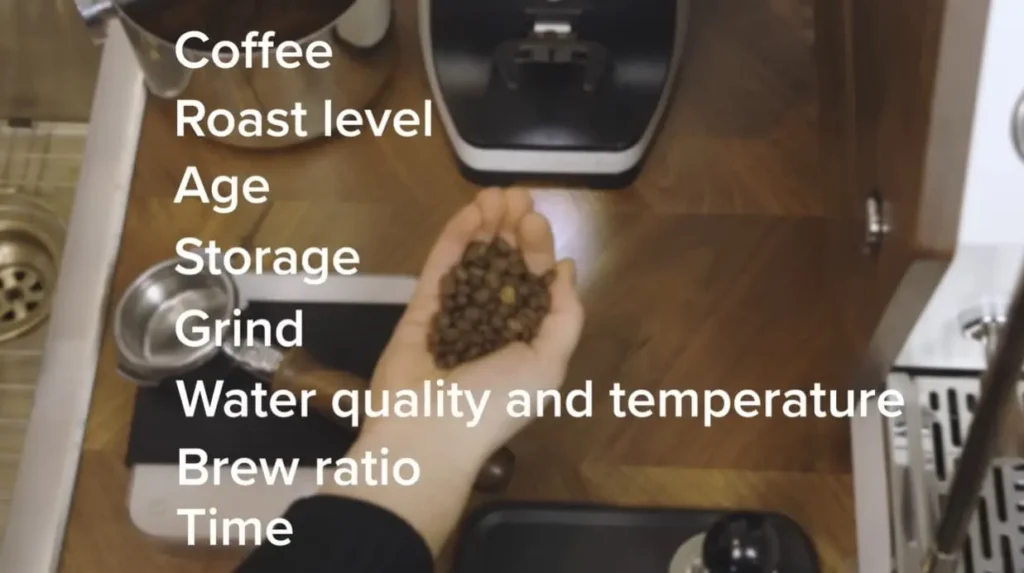
Several factors influence the ideal coffee dose for a specific brewing method. These factors include:
- Brewing Method: Different brewing methods require varying coffee doses. For instance, espresso brewing typically requires a higher dose compared to a pour-over method.
- Coffee Type: The type of coffee beans being used, such as Arabica or Robusta, can impact the suggested coffee dose. Each coffee variety has its unique characteristics, which may require slight dosage adjustments.
- Cup Size: The size of the cup or serving you desire plays a role in determining the appropriate coffee dose. Larger cups typically require a higher dose to maintain the desired flavor concentration.
The Importance Of Coffee Dosing
Proper coffee dosing plays a significant role in achieving consistency in flavor and ensuring the best results during espresso extraction.
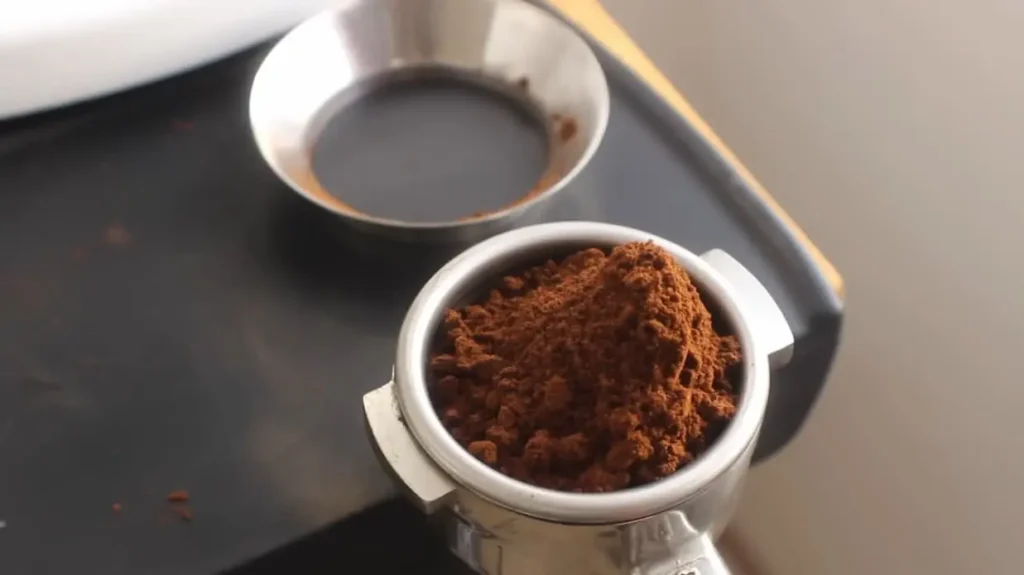
Consistency In Flavor
When it comes to coffee, consistency in flavor is key. Customers often return to their favorite coffee shops because they know they can expect the same delicious flavor with every visit. Achieving this consistency is only possible through precise coffee dosing.
Consistency in flavor can be challenging to achieve if the coffee dosing isn’t accurate. Using too little coffee may result in weak, diluted flavors, while excessive dosing can make the brew overpowering and bitter. Finding the right balance is essential for delivering a consistently satisfying cup of coffee.
Impact On Espresso Extraction
Espresso extraction is a precise and delicate process, and coffee dosing plays a vital role in achieving the perfect shot. The grind size, coffee distribution, and tamping pressure are all influenced by the dose of coffee used.

The ideal coffee dose enables water to pass through the coffee bed evenly, extracting the optimum amount of flavors and aromas. In fact, an appropriate dose helps to create the sought-after crema, the rich and creamy layer that crowns a well-executed espresso.
When the coffee dose is inconsistent, it can lead to uneven extraction. This results in an imbalanced flavor profile, with some parts of the shot being over-extracted and bitter, while others remain under-extracted and weak.
Factors Affecting Coffee Dosing
Several factors can affect coffee dosing, including bean type, roast level, grind size, and distribution. Understanding these factors and how they influence your brew can help you achieve a consistent and delicious cup of coffee every time.
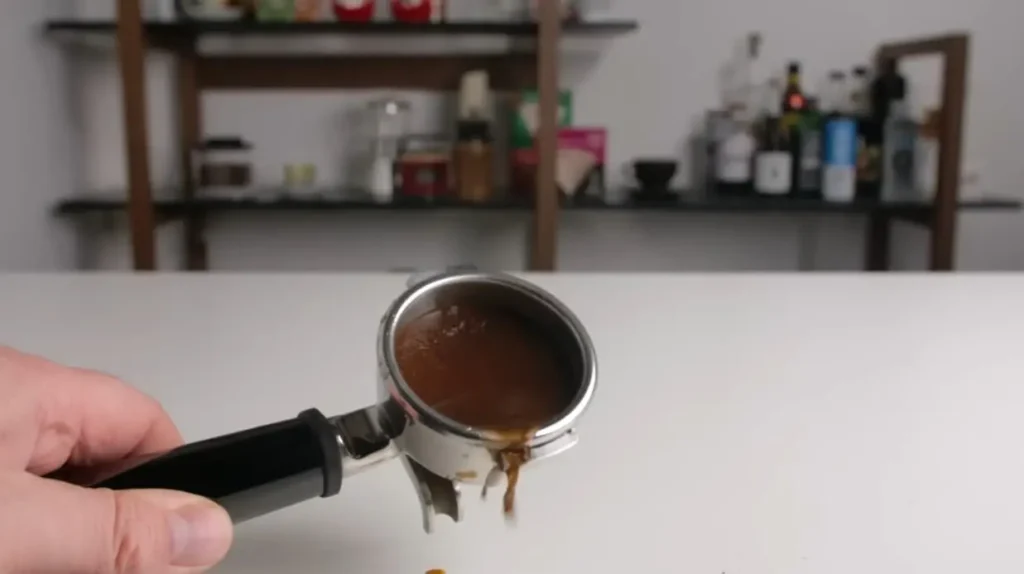
Bean Type and Roast Level
Choosing the right bean type and roast level for your coffee dosing is essential in achieving the desired flavor profile. Different beans offer distinct flavor characteristics, ranging from fruity and floral to nutty and chocolatey. Additionally, the roast level can greatly impact the taste of the coffee, with lighter roasts retaining more acidity and floral notes, while darker roasts develop deeper, smoky flavors.
Grind Size and Distribution
The grind size and distribution of your coffee grounds play a significant role in extraction during the brewing process. The size of the coffee particles will affect how quickly or slowly the water extracts the flavors from the beans.
For example, a finer grind size will result in a faster extraction, while a coarser grind size will slow down the extraction process. It’s crucial to find the right grind size for your brewing method to optimize the extraction and achieve a balanced and flavorful cup.
When it comes to distribution, ensuring an even distribution of coffee grounds is paramount. Uneven distribution can result in uneven extraction, leading to a brew that needs more consistency in flavor.
Using a quality grinder with a good distribution mechanism or employing techniques such as stirring the coffee bed after grinding can help improve distribution and ultimately enhance the overall extraction process.
Optimizing Coffee Dosing
Achieving the ideal balance of coffee grounds and water is a fundamental step in honing the flavor profile of your brew. This process can be optimized by understanding brew ratios and adjusting for taste preferences.
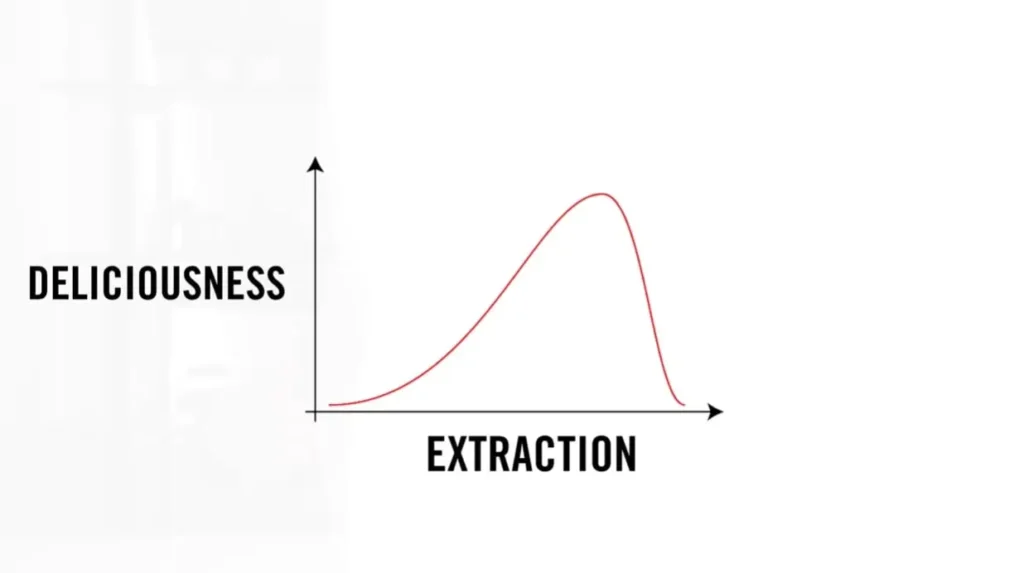
Understanding Brew Ratios
When it comes to coffee dosing, understanding brew ratios is crucial. The brew ratio is the proportion of coffee to water used in a coffee recipe. It is typically expressed as a ratio, such as 1:15, indicating the amount of coffee in grams to the amount of water in milliliters. Adjusting the brew ratio can have a significant impact on the strength and flavor of your coffee.
Adjusting For Taste Preferences
To achieve the perfect cup of coffee, it’s important to adjust the coffee dosing to suit your taste preferences. This can involve experimenting with different brew ratios, grind sizes, and extraction times. By fine-tuning these variables, you can customize your coffee to suit your personal palate, whether you prefer a bold and intense brew or a more mellow and subtle flavor profile.
How To Measure Coffee Dose
Measuring the coffee dose accurately ensures that you consistently achieve the desired taste and aroma with each cup.
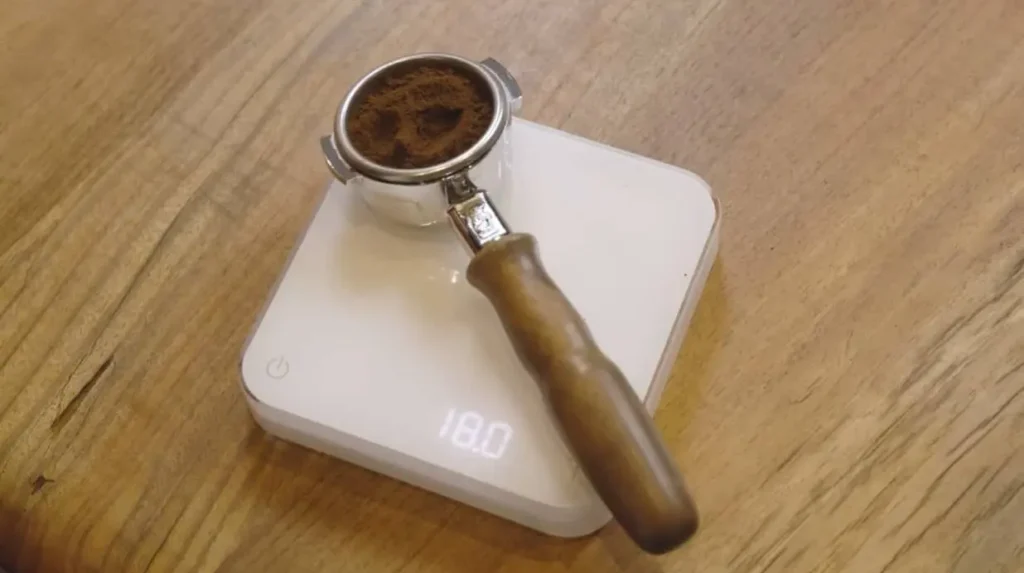
Using A Scale Vs. Scoops
One of the most accurate ways to measure coffee dose is by using a scale. This method provides precision and allows you to adjust the amount of coffee granules to achieve the perfect balance for your preferred brewing method.
Alternatively, using scoops can lack consistency, as the size and density of the coffee granules can vary. While convenient, scoops may not always deliver the exact measurement required for consistent results.
Benefits Of Precision
Measuring the coffee dose with precision offers several benefits, including enhanced control over flavor, ensuring that each batch of coffee is brewed to perfection. It also enables you to experiment with different coffee-to-water ratios, allowing you to discover the ideal balance that suits your taste preferences.
Measuring Coffee Dose
- Use a digital scale for accurate measurement.
- Refer to the recommended coffee-to-water ratio for your brewing method.
- Avoid using volume-based measurements for precise dosing.
Coffee Dosing Techniques
Dosing is a critical aspect of brewing the perfect cup of coffee. It refers to the amount of ground coffee beans you use for each shot or brew. The right coffee dosing technique can significantly impact the taste, aroma, and overall quality of your favorite cup.
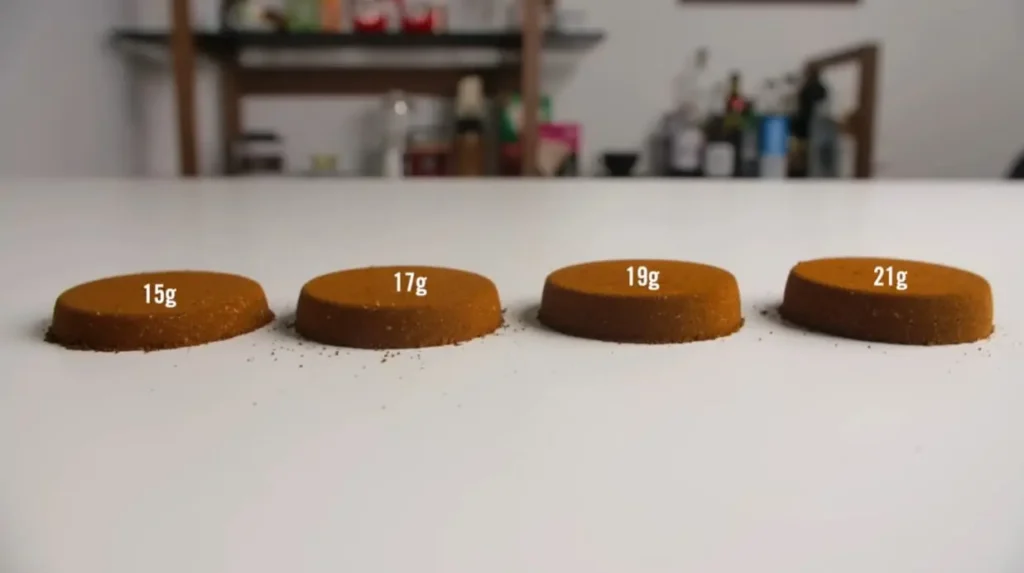
Single Dosing Vs. Bulk Dosing
When it comes to coffee dosing, two primary approaches are common – single dosing and bulk dosing.
Single dosing involves measuring and grinding the exact amount of coffee needed for each shot. This method is favored by many coffee enthusiasts due to its precision and ability to minimize waste. Single dosing ensures that you use only the necessary coffee grounds, reducing exposure to excess oxygen and heat that can negatively affect the flavor and freshness of your brew.
On the other hand, bulk dosing involves grinding a larger amount of coffee at once and storing it in a container or hopper for future use. This method is often employed in busy cafes or commercial settings where speed and efficiency are crucial. Bulk dosing provides convenience and saves time in high-volume environments, but it comes with the risk of potential flavor degradation over time.
Distribution Techniques For Even Extraction
Once you have dosed your coffee, the next critical step is to distribute the grounds evenly within the porta-filter (also known as the coffee basket) before tamping. Unevenly distributed coffee can lead to inconsistent extraction, resulting in an imbalanced cup of coffee. Here are a few distribution techniques to consider:
- WDT (Weiss Distribution Technique): This method involves using a tool or needle to gently stir the coffee grounds, making sure they are evenly distributed. It helps break up clumps and ensures a uniform particle distribution.
- Stockfleths Move: The Stockfleths Move is a classic distribution technique that relies on rotating the porta-filter in a circular motion while gently shaking it. This method promotes an even distribution by allowing the coffee grounds to settle into place.
- Distribution Tool: Using a specially designed distribution tool, also known as a coffee distributor or leveler, can help achieve a consistent and level coffee bed, ensuring uniform extraction.
Importance Of Tamping Pressure
Tamping is the final step in the coffee dosing process and involves firmly pressing down on the coffee grounds in the porta-filter to create a tightly packed puck. The tamping pressure plays a crucial role in optimizing extraction. Here’s why:
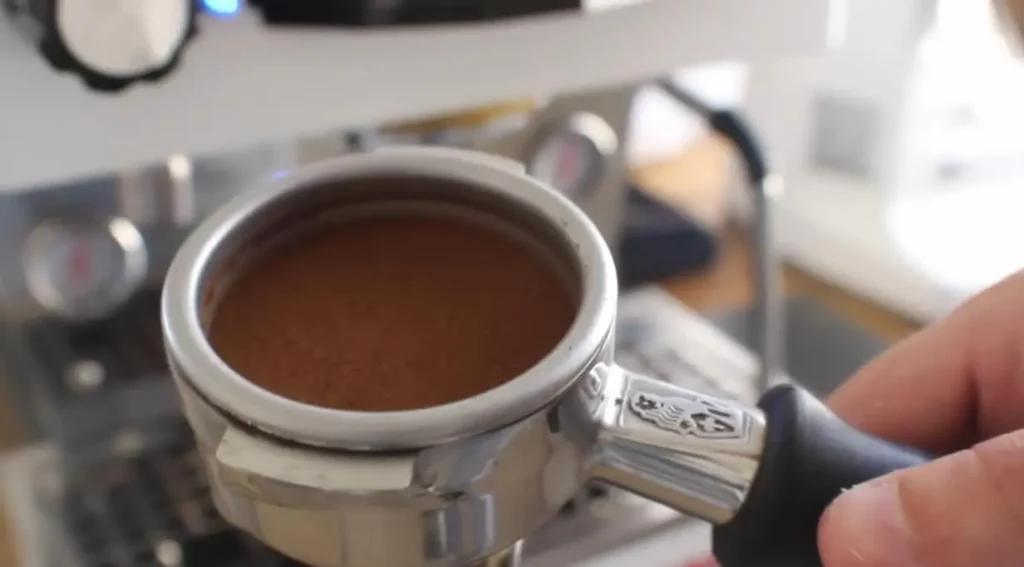
- Consistency: Applying consistent tamping pressure helps ensure an even density throughout the coffee bed, promoting consistent extraction and preventing channeling.
- Channeling Prevention: Insufficient tamping pressure can lead to channels or paths of least resistance within the coffee puck, allowing water to bypass certain areas and resulting in under-extraction.
- Extraction Control: Adjusting the tamping pressure allows you to fine-tune the flow rate of water through the coffee bed, influencing the flavor profile of your brew.
Adjusting Coffee Dose For Different Brewing Methods
Adjusting coffee dose is key for various brewing methods. The amount of coffee needed differs for methods like pour-over, espresso, and French press. Understanding the ideal dose for each method ensures the perfect flavor extraction.
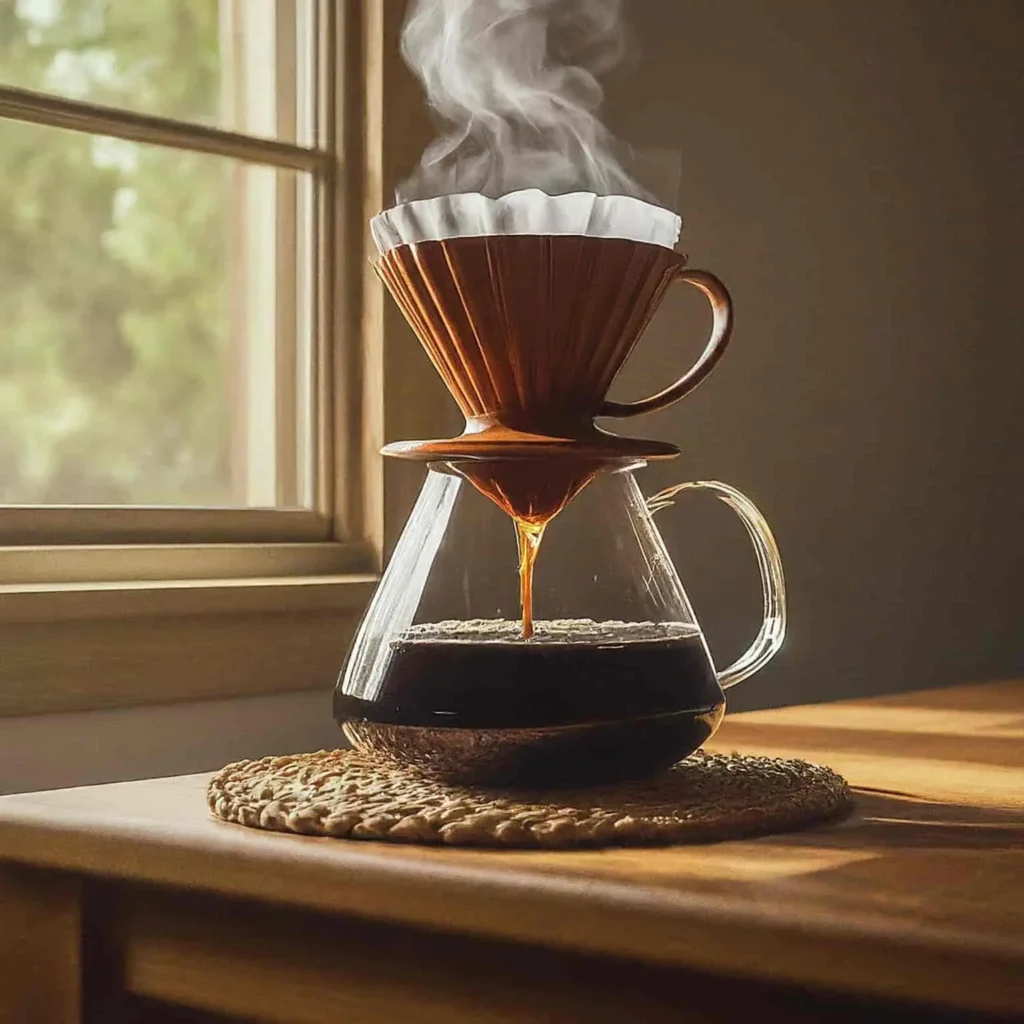
Espresso
Espresso, known for its rich and concentrated flavor, requires a precise coffee dose. The recommended coffee-to-water ratio for espresso is typically 1:2, which means 1 part coffee to 2 parts water. This ensures a strong and flavorful shot. To achieve this, you’ll need to use about 18-20 grams of coffee for a standard double shot (around 36-40 grams of water). Keep in mind that the grind size and tamping pressure also play a role in the extraction process.
Pour Over
Pour Over brewing creates a clean and nuanced cup of coffee. The coffee dose for pour over can vary depending on your personal preference. As a starting point, a coffee-to-water ratio of 1:15 is often recommended. This means using roughly 15 grams of coffee for every 225 milliliters (or 7.5 fluid ounces) of water. Adjust the dose to achieve the desired strength and flavor. Experiment with different ratios to find your perfect balance.
French Press
French Press brewing produces a full-bodied and robust cup of coffee. The coffee dose for French Press is generally higher compared to other methods to account for the extended steeping time. A coffee-to-water ratio of 1:16 is commonly used. This translates to using approximately 20 grams of coffee for every 320 milliliters (or 10.8 fluid ounces) of water. Remember to adjust the grind size accordingly to prevent over-extraction or sediment in your brew.
Aeropress
Aeropress is a versatile brewing method that allows for quick and easy extraction. The coffee dose for Aeropress can be adjusted depending on whether you prefer a strong or milder brew. As a general guideline, try starting with a coffee-to-water ratio of 1:12. This means using about 12 grams of coffee for every 144 milliliters (or 4.9 fluid ounces) of water. Feel free to experiment with different doses and brewing techniques to find the flavor profile that suits your taste buds.
Tips For Ensuring Accuracy In Coffee Dosing

While beginners may focus on the basics, advanced coffee enthusiasts understand the importance of taking dosing to the next level. To ensure consistency and accuracy in coffee dosing, consider the following tips:
- Weigh the Coffee: Rather than relying on volume measurements, use a digital scale to weigh your coffee grounds. This provides precise control over the dose and eliminates any guesswork.
- Adapt Based on Taste: Experiment with different doses and adjust according to your preferred taste. Keep in mind that individual preferences may vary, so it’s essential to find the dosage that suits your palate.
- Keep a Record: Maintain a brewing log to track the coffee dose, brewing time, and other variables, along with the taste outcomes. This helps in replicating successful brews and refining the dose over time.
Using Refractometers For Precise Measurement

To take your coffee dosing to the next level, consider using a refractometer. A refractometer measures the concentration of dissolved solids in your brewed coffee, allowing you to ensure precise extraction levels.
Using a refractometer can help you fine-tune your brewing process. By measuring the Total Dissolved Solids (TDS), you can adjust variables such as grind size, brew time, and water temperature to achieve the desired strength and flavor in each cup. This level of precision ensures consistency and enhances the overall coffee experience.
Remember, understanding the density and volume of your coffee, and utilizing tools like a refractometer, can take your coffee dosing to new heights. These advanced tips allow you to achieve consistency, precision, and ultimately, the perfect cup of coffee.
Conclusion
To summarize, finding the right coffee dosing is essential for achieving the perfect cup of joe. It not only affects the taste and aroma but also brings out the flavors unique to each bean. By understanding the variables and experimenting with different ratios, you can master the art of coffee dosing.
Remember, practice makes perfect, and with a little knowledge and patience, you’ll be brewing your best cup of coffee yet. So, why wait? Start exploring the world of coffee dosing and elevate your coffee experience today.
A. I. Moon
A.I. Moon, an experienced SEO Pythonista, spends his days coding and developing web applications to help business owners. A passionate coffee enthusiast, he believes that drinking coffee fuels his creativity and productivity. His day isn't complete without the rich aroma and invigorating warmth of a perfectly brewed cup. This love for coffee inspired him to found EspressoRivo, a platform dedicated to sharing his coffee knowledge and fostering a community of passionate aficionados.
